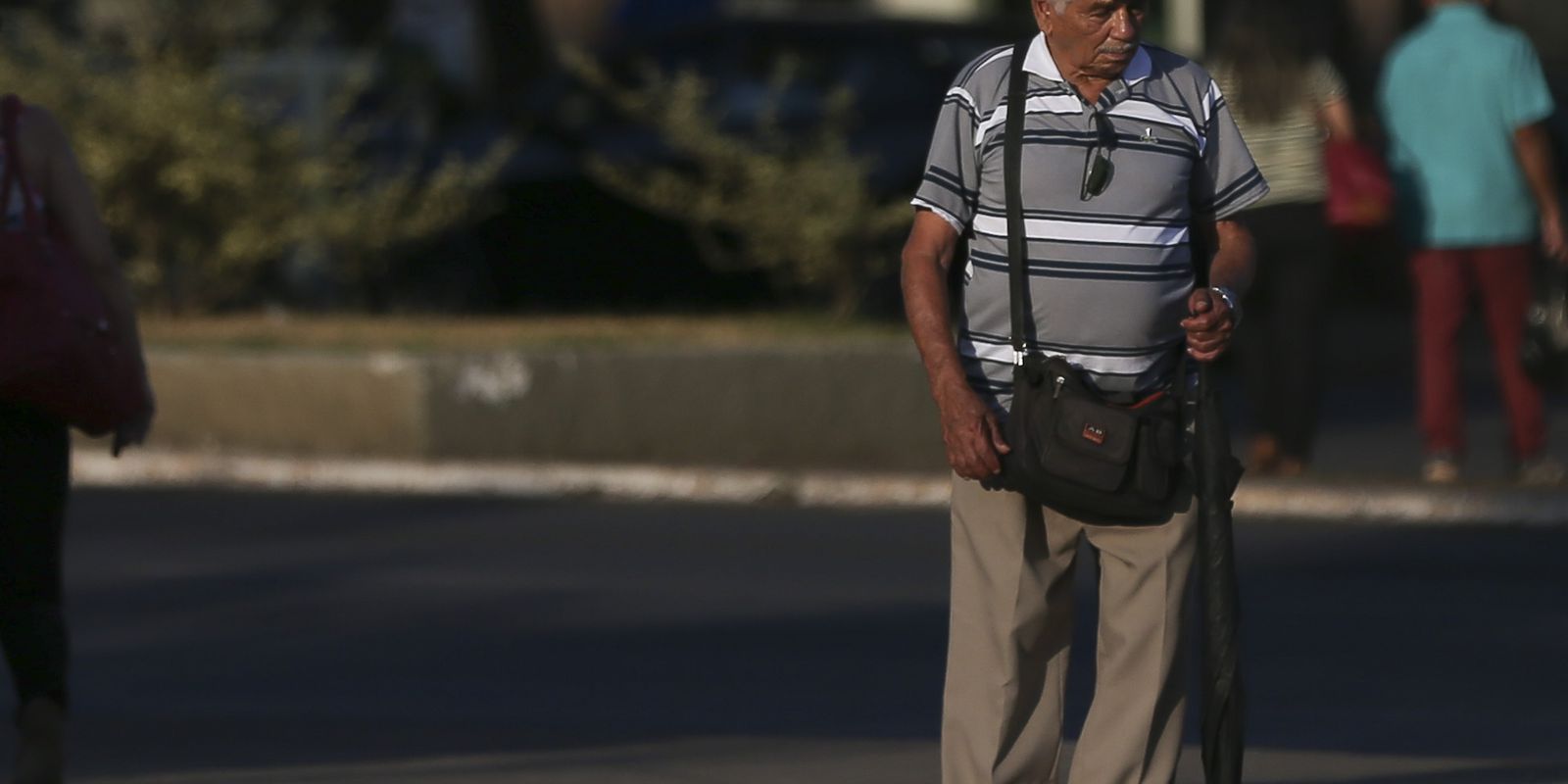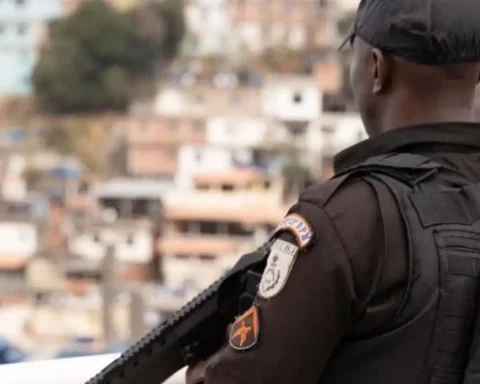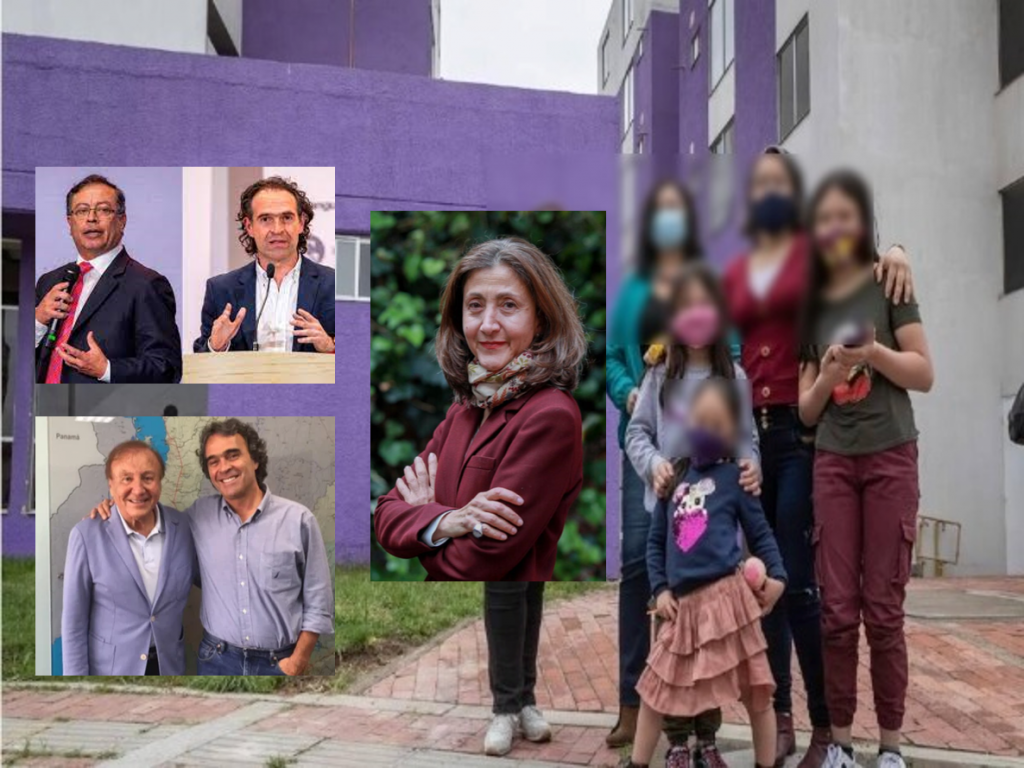Private pension is still not widespread in the Brazilian population – only 3% of retirees have this modality as part of their livelihood. The conclusion is in the X-Ray survey of the Brazilian Investor, carried out by the Brazilian Association of Financial and Capital Market Entities (Anbima), in partnership with Datafolha.
The resources of the National Institute of Social Security (INSS) are the source of income for 92% of Brazilian retirees.
According to Anbima, the percentage of retirees who use supplementary pensions is the same as those who live on their own salary or that of their companies (3%), which means that there is still a portion of retirees who work.
Resources from the family or children were cited by 2% of retirees. Pension income, property rental and financial investments contribute to 1% of retirees, each modality.
According to Anbima’s Superintendent of Communication, Certification and Investor Education, Marcelo Billi, one of the factors that lead to low adherence to private pension, despite tax benefits and the possibility of companies contributing to employee retirement, is that Brazilians do not manage to separate income to invest.
“A small portion of the population manages to save. About 70% of the population cannot earn any income at the end of the month. Of the 31% that had some investment at the end of 2021, only 6% were able to make an application that year,” he said, citing other survey data.
Billi added that the crisis generated by the covid-19 pandemic has made it even more difficult to set aside income for the future. “There is, therefore, a conjunctural factor, with loss of income by Brazilians, and a behavioral one, which is not thinking about the future,” she added.
Social class
In the analysis by social class, dependence on the INSS is similar between A/B (94%) and C (93%), while the D/E index was slightly lower (89%).
However, according to Anbima, people from classes A and B are more adept at private pensions (8%) than those from C (3%) and D and E (1%) and still rely on the income from their salaries. or companies (5%), smaller proportion between the groups of class C (3%) and D/E (3%).
Expectation
According to Anbima, for 55% of those who did not retire, the income when they stop working will come from the INSS, with a small variation between class C (58%) and D/E (56%). In classes A and B, the percentage was 48%.
Even among those who are not retired, 20% pointed out that their livelihood in retirement will come from work, showing that many do not think about leaving active, added the entity. Only 10% of respondents indicated that their livelihood will come from financial investments, with the percentage much higher in classes A/B (22%), lower for class C (8%) and even lower for D/E (2%).
Supplementary public pensions also appear as an option that is not very popular among non-retirees: only 5% of these people mentioned it as a means of support in the future period of retirement.
Incentive
Billi added that private pension companies need to better inform the population about the products they offer.
“The financial market still has a lot of jargon and people think the product is not for them. It’s a very regulated market, but it’s necessary to make the products more user-friendly, as the pharmaceutical industry did with the medication package inserts”.
Another factor that he considers that needs to change is that investors should learn to look for financial products suited to their profile and not the “investment of the time”.
He also considers that it is necessary to define strategies to help boost adherence to supplementary pensions. For example, for him, it would be better if the adhesion were automatic and the employee who did not want to, would have to inform this decision, as with the Cadastro Positivo (a list of good payers), currently.
Cost of living
Regarding the increase in the cost of living, says Anbima, 67% of retirees pointed to an increase in expenses after retirement. For classes C and D/E, this perception was higher, with rates of 69% and 70%, respectively, and for A/B, 59%.
From the perspective of non-retirees, when asked if they believe their expenses will increase after retirement, only 46% responded in the affirmative.
When asked about their financial lives, 43% of retirees stated that they had worsened compared to the previous period of life. The index is higher for classes C (46%) and A/B (42%). The percentages contrast with the expectations of non-retirees: only 22% of them believe that their financial life will be worse when they stop working.
X-ray of the Brazilian investor
The interviews took place in person between November 9 and 30, 2021, with 5,878 people from classes A and B, C and D and E, aged 16 or over, in the five regions of the country. The survey’s margin of error is plus or minus one percentage point, within the 95% confidence level.
The sample is composed of economically active, retired and inactive people with or without income. It is estimated that this profile corresponds to 167.9 million inhabitants.
Guide
The Ministry of Economy has a guide available on the internet to help those who want to understand better about private pension. And the Complementary Pension for All: A guide for the Brazilian population to better prepare for retirement.















